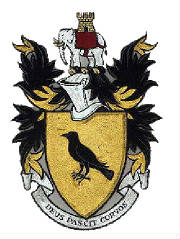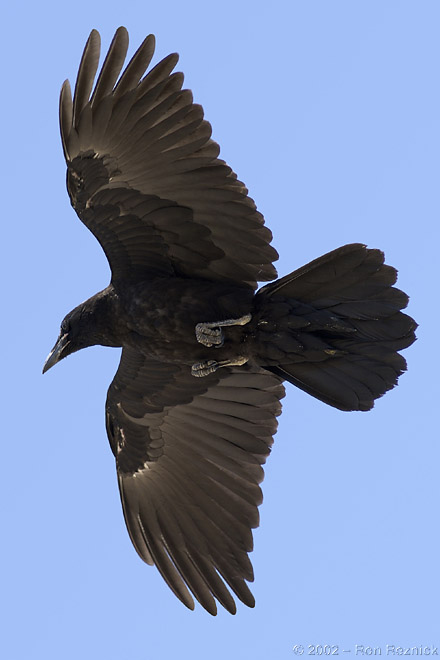In ancient times, my family was the keeper of the ravens for royalty.
Our surname used to be Corbeau, or something similar, but that changed rather rapidly. It all started with William the
Conquerer. The story of our history was told to me like this...
Duke William of Normandy left St.Valery in Normandy
with about 600 ships and 10 to 12,000 men in 1066. Among them was my ancestor, the keeper of the ravens, whose name was
Corbeau.
William and his barons had been recruiting and preparing the invasion of England since early
spring of that year. He was a seasoned general and master tactician, using cavalry, archers and infantry and had fought many
notable battles. Off Beachy Head, his fleet moved east to the first sheltered bay for protection for his armada. Pevensey
and Bulverhythe were the villages on each cliff overlooking the water. Pevensey, to the west, was protected by an old Roman
Fort and behind the fort there was much flat land for his large Army.
Harold, far to the north in York at Stamford Bridge, was engaged in a life and death struggle
against his brother who had teamed up with the Viking King Hadrada to invade England. Harold managed to resist the invasion
to the north and killed both commanders. He was advised of the landing to the south by William.
Bringing the remnants of his Army south, Harold camped outside London at Waltham. For two
weeks he gathered reinforcements, and exchanged taunts, threats and counterclaims to the Crown of England with William. Finally
he moved his army south to a position about six miles north of where William waited.
Perhaps one of the most devastating events preceeding the battle was Harold's sudden awareness
that he had been excommunicated by the Pope, and that William was wearing the papal ring. It is most likely this had been
arranged by fellow Norman Robert Guiscard who had conquered most of southern Italy and was patron of the Pope who was indebted
to him for saving the Vatican. Harold's spirit flagged. William was leading what might perhaps by called the first Crusade.
The whole world was against him.
Harold waited. He and his brother Gyrth arranged a mass of men along a high ground ridge
8 deep, 800 yards long . A fixed corridor of tightly wedged humanity. Strategically, given the relative equipment of each
side, it was hopeless from the start. To William it was almost a formality. Harold's men were hemmed in by their own elbows.
William held his Breton, Maine and Anjou contingents to the left of the line, the Normans the main thrust, the Flemish and
French to his right. The flanking movements paid off. The battle lasted only six hours.
This battle would later be called Senlac, a river of blood. It demolished most of the remnants
of the Saxon fighting men of the Island at very little cost to William.
Harold was run through by William's lance, accompanied by three
others who were in at the kill, and who savaged him brutally.
Thus began a three century Norman occupation of England, Wales and Scotland, and later Ireland.
It all started at Pevensey. After the battle was done and the rule of William the Conquerer established,
my ancestor came to the attention of the king. He decided he didn't like our last name. "Change it," he ordered.
And in that instant, we became Corbitt.






